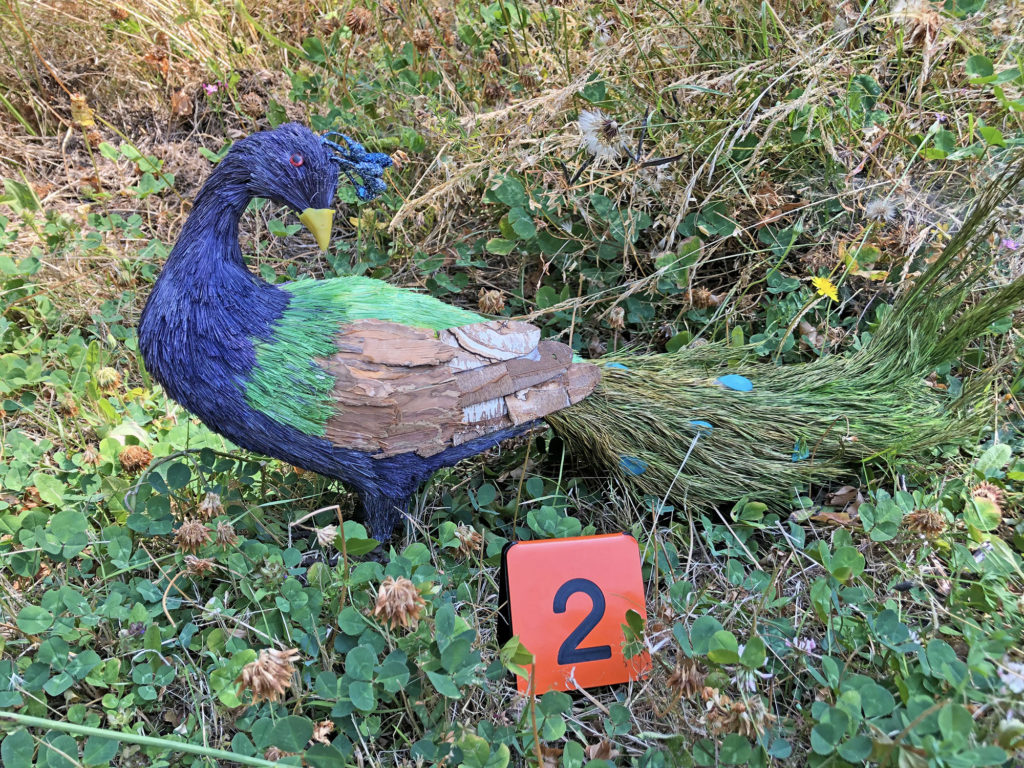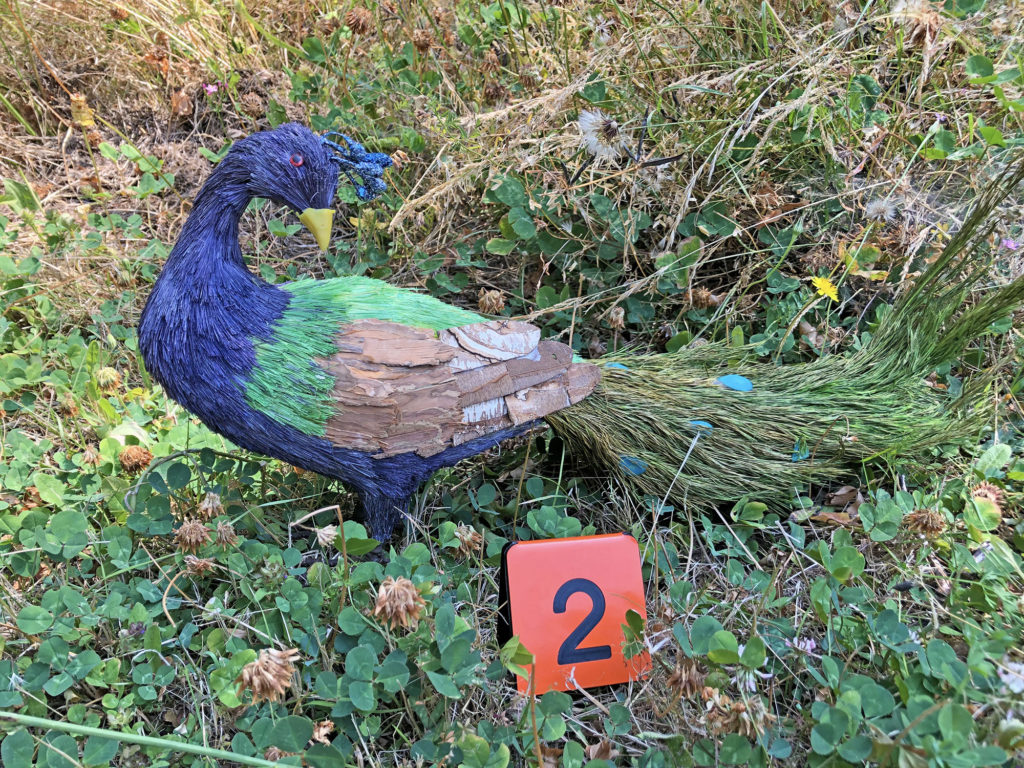
Reproduction Mating Behaviors & Sexual Selection


Reproduction Objectives
-
Summarize how sexual reproduction impacts variation, the problems associated with successfully reproducing, and the relationship of reproduction to fitness.
-
Provide examples of both simple and elaborate animal mating behaviors, and the potential advantages and disadvantages of each.
-
Explain how animals may compete with other members of their sex within their species.

In an evolutionary sense, the “winning” alleles are the ones that become most frequent within a population over generations. Mating behaviors are critical for this reproductive success.
Fitness is surviving and reproducing, potentially passing on alleles to future generations. This video introduces the significance of sexual reproduction.
Sexual reproduction takes time and energy and can be lethal if it involves physical competition.
What is the genetic advantage of mating that could outweigh the disadvantages?
This pair of South American cichlids (Apistogramma sp.) exhibit sexual dimorphism, a difference in male and female phenotypes. The male and female differ in color, pattern, and behaviors. Individuals in this species pair bond and jointly raise their fry.

These “Endler” guppies are smaller than the “Fancy” guppies commonly seen in stores and closer to wild guppies in size, colors, patterns, and behaviors. Note the sexual dimorphism between the males and females.
These are direct descendants of wild guppies from Trinidad. Even though they are in captivity, it is difficult to monitor mating behaviors. From the video you can see how hard it is to track individual animals, especially the females that lack phenotypic differences humans can readily see.
Mating behaviors can be innate, learned, or a combination of the two.
Ephemeral insects like mayflies may only have a few days as adults to successfully reproduce. Mating behaviors are relatively simple and require innately programmed behaviors that are triggered by environmental cues like day length and temperature.
Some animals like these coastal birds utilize breeding grounds (like this rock) that minimize the search for potential mates and provide a protected site for nests and offspring. There is still debate on how much the use of breeding grounds is innately programmed, and how much is learned from other birds.
Good care is necessary to support animal husbandry
One of the indicators of successful animal care is whether an organism is healthy enough to reproduce. This is particularly critical in raising farm animals that produce eggs and milk, but is a general indicator of adequate diet, activity, and housing.

Pet social behaviors, including mating behaviors, can be altered by changing population number, diet, cage sizes, and by adding stress-reducing manipulatives like toys and objects to chew.
Now we will explore mating behaviors, from simple to complex.

Animal species have an amazing variety of mating behaviors, some of them almost completely innate; others requiring extensive learning for successful reproduction.
This video includes examples of both simple and elaborate mating in animals.
The frilled neck of the Triceratops may have attracted mates.
Generally, mating behaviors involve both structures and behaviors.
Next we will link mating behaviors and reproduction to the process of sexual selection.

Natural selection indicates the survival of the fittest individuals within a species. Sexual selection is a more specific aspect of natural selection: individuals competing for success against individuals of the same sex within the species. For example, these male bucks are potentially competing with each other for available territory and mates.
This video introduces examples of sexual selection.
Fiddler Crab males display large claws to attract females and discourage male competitors. Claw size is in part due to inherited genes, as is the behavior to move the claw. Males with large claws and active waving are more likely to reproduce and pass on their alleles.
Pipefish males care for their young and females compete for the males.
These pipefish are native to Oregon coastal estuaries but are rarely observed by humans when they are camouflaged against submerged plants.
These Australian desert gobies (Chlamydogobius eremius) stay within sight of one another until they lay fertilized eggs in a small underwater cave. The male tends the eggs and will sometimes chase the female away. There are numerous paths to reproductive success.
Sexual Selection & Pair Bonding
Pair bonding can be an important way to share responsibility for raising offspring, improving reproductive success. Some animals pair for a breeding season, others pair for life. A contrasting strategy is to mate with as many individuals as possible to increase the chance of passing on alleles.
Black swans of Australia pair bond and remain monogamous over multiple breeding seasons. The parents share responsibility in raising offspring.
Sexual selection is on display in the spring at parks that have duck ponds. Young males and females communicate and display while forming new pairs. These videos were taken at the end of the breeding season, and the duck pairs have reintegrated into a larger group prior to their fall migration.
The next section demonstrates how tree diagrams are used to represent the ancestry and relatedness of different species.

Check your knowledge. Can you:
-
summarize how sexual reproduction impacts variation, the problems associated with successfully reproducing, and the relationship of reproduction to fitness?
-
provide examples of both simple and elaborate animal mating behaviors, and the potential advantages and disadvantages of each?
-
explain how animals may compete with other members of their sex within their species?



